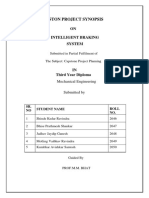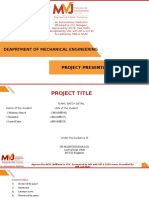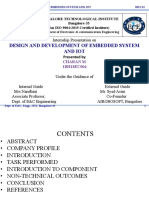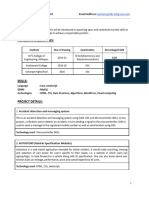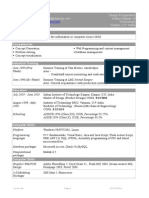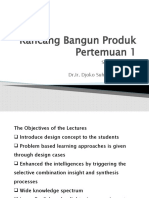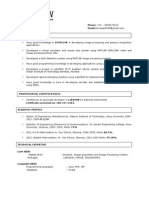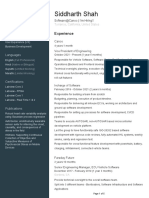0% found this document useful (0 votes)
15 views2 pagesAssignment 2
Bosch Mobility Solutions designed a smart braking system for bikes that utilizes sensors and AI to enhance safety on Indian roads. The design thinking process involved empathizing with users, defining problems, ideating solutions, prototyping, and testing, leading to a successful implementation that reduced accidents and became legally required on many bikes in India. The project stood out due to its real-life impact, affordability, and effectiveness on challenging road conditions.
Uploaded by
nehalp1130Copyright
© © All Rights Reserved
We take content rights seriously. If you suspect this is your content, claim it here.
Available Formats
Download as DOCX, PDF, TXT or read online on Scribd
0% found this document useful (0 votes)
15 views2 pagesAssignment 2
Bosch Mobility Solutions designed a smart braking system for bikes that utilizes sensors and AI to enhance safety on Indian roads. The design thinking process involved empathizing with users, defining problems, ideating solutions, prototyping, and testing, leading to a successful implementation that reduced accidents and became legally required on many bikes in India. The project stood out due to its real-life impact, affordability, and effectiveness on challenging road conditions.
Uploaded by
nehalp1130Copyright
© © All Rights Reserved
We take content rights seriously. If you suspect this is your content, claim it here.
Available Formats
Download as DOCX, PDF, TXT or read online on Scribd
/ 2








